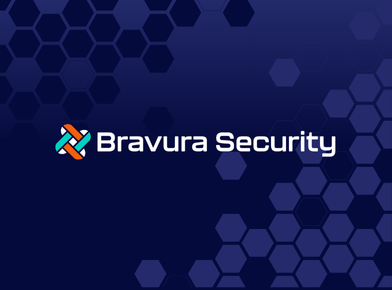We’ve spent the better part of the last decade tightening our grip on workforce authentication. SSO is widespread. MFA is table stakes. Access reviews, offboarding workflows, and role-based policies are now standard practice. It took time and iteration, but we got there.
Now it’s time to apply that same rigor to machine identities. The service accounts, agents, and ephemeral systems powering modern infrastructure.
The blind spot isn’t that security teams don’t know they exist, it’s that the problem has become so pervasive it’s become easy to ignore. That it’s okay to have one set of policies for people, while turning a blind eye to the machines doing just as much work in sensitive production environments.
Machines already have access, it’s just ungoverned
Modern infrastructure runs on non-human identities (NHIs): service accounts, ephemeral workloads, automation bots, CI/CD pipelines, and increasingly AI agents. These don’t just supplement the work of humans – they are the work. They deploy services, move data, access secrets and run core business logic.
They are also outpacing human users in most environments – by a factor of 20+ to 1.
And yet, while we can pull up detailed audit trails for a user, revoke access when someone leaves, or approve role changes through a simple workflow, most NHIs operate entirely outside the governance perimeter.
They are ephemeral in nature. They rarely expire. They often don’t have accountable owners. They accumulate permissions quietly. And when something breaks – or worse, when they’re breached – we scramble to figure out what they even had access to.
Why this blind spot persists
This isn’t about ignorance or negligence. It’s about ownership and a clear path forward.
Machine identities don’t sit neatly within the boundaries of a single team. DevOps provisions them. Security tries to monitor them. Platform teams abstract them away. But no one owns them end-to-end. And when everyone assumes someone else is responsible, accountability disappears. It’s not like any of these teams are short on business critical projects.
Existing tools aren’t offering coverage either. Most IAM platforms assume human behavior like logins, user sessions, org charts but NHIs don’t operate that way. They don’t request access. They don’t belong to a department. They don’t get offboarded when a service is deprecated. So they’re either ignored, or treated like static config instead of dynamic actors in the system.
Most teams are well aware of this problem but are hesitant to act. What if we revoke a key and break a deployment? What if we rotate a credential and a legacy process fails silently? They don’t want to risk negatively impacting the business.
So access persists, permissions drift, and what should be tightly scoped and time-bound access becomes a permanent exception to the organization’s governance program.
What Good Governance Looks Like
The path forward comes down to extending the principals you already have in place for your developers and engineers to the NHIs they leverage to do their work every day.
And it starts with a mindset shift:
- If something can access your systems, it needs to be governed accordingly
And Lalit Choda’s “NHI Lifecycle Management Guide” details exactly how to do that – from provisioning and deprovisioning to always on preventative controls – ensuring every machine identity follows a governed lifecycle.
Start with some basic questions:
- Do we know which NHIs exist across environments?
- Can we identify what they can access and why that’s needed?
- Is there a person or team accountable for each workload?
- Are we enforcing expiration and renewal as defaults – not exceptions? Based on your answers, your focus areas getting these machines under control should be clear.
From Reaction to Routine
Many organizations only confront NHI risk after something breaks – a leaked token, a compromise through lateral movement, or a failed compliance check. It’s reactive by nature. We patch, we rotate, we manually clean up. And then we move on until it beckons our attention again.
If you take a more proactive approach to governing NHIs, you won’t only avoid failures down the road but you will also be able to reduce operational drag on your team, gain comprehensive visibility into the access within your environment, and show the business a drastic reduction in your identity attack surface.
To do this, you need to back governance of these machines into how they operate:
- Integrate identity creation controls directly into CI/CD workflows
- Tag ownership at the point of provisioning
- Expire access by default
- Run drift detection as a continuous process
- Enforce least privilege automatically
This governance becomes part of the infrastructure itself so that NHI access is visible, secure, compliant and agile by design.
Learn more at p0.dev.
What’s next in the series…
For our final piece of this 5 part series, we will share a self assessment framework to help organizations understand where they are in their NHI governance journey. With practical advice on how to start maturing their approach.
About the Author: Kelsey Brazill is the Head of Product Marketing at P0 Security.
About the Company:
P0 Security is redefining PAM for multi-cloud and hybrid environments with the most agile way to ensure least-privileged, short-lived and auditable production access for users, NHIs and agents. Centralized governance, just enough privilege and just-in-time controls provide comprehensive access security that keeps pace with development. Every identity. Every system. All the time.
P0’s Access Graph and Identity DNA data layer make up the foundational architecture that powers comprehensive privilege insight and access control across all identities, production resources and environments. With P0, production access is least-privilege, short-lived and auditable by default.
To explore P0 Security further or book a demo, visit p0.dev





